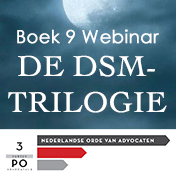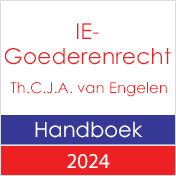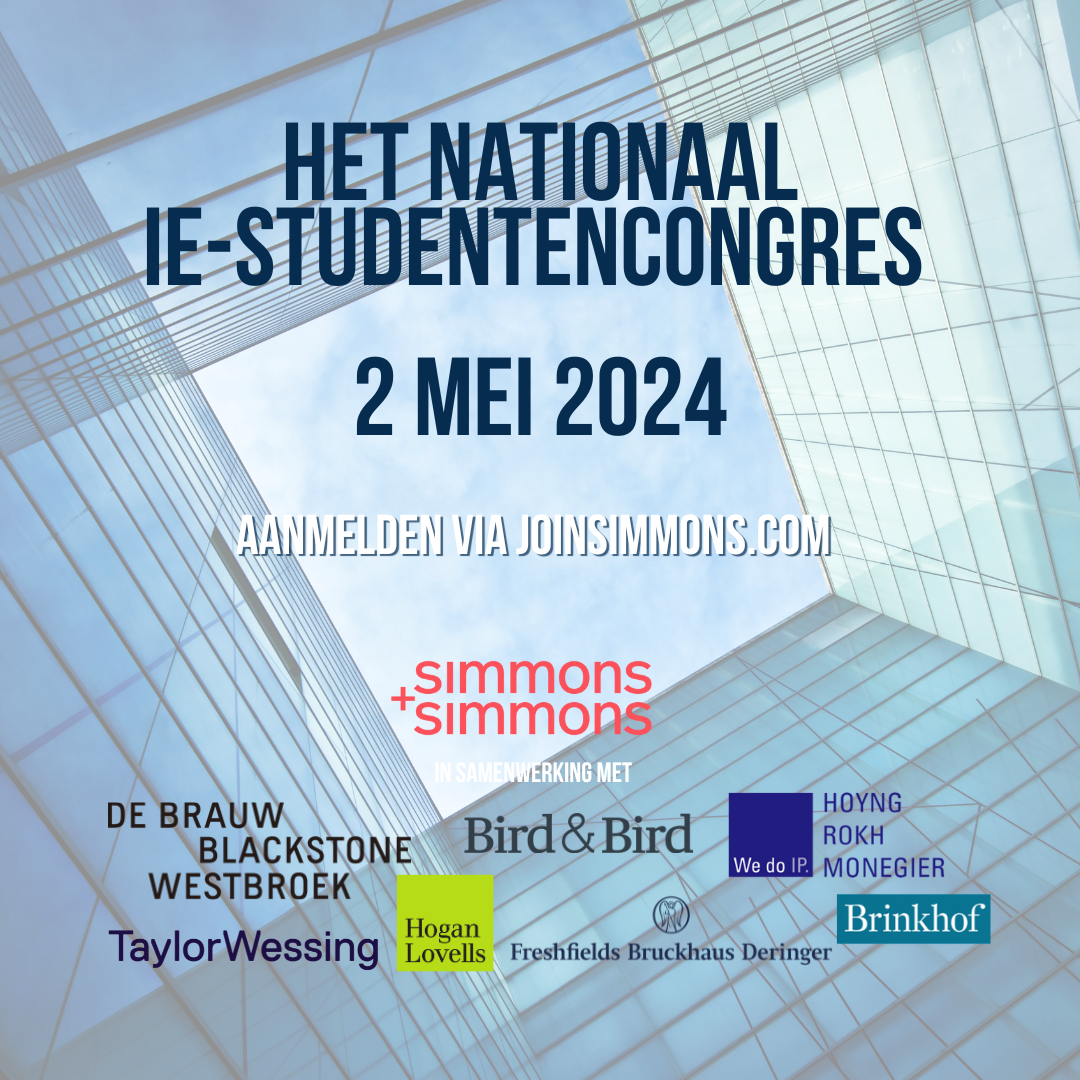Geen verwarringsgevaar tussen merk met vier gekruiste lijnen en Asics beeldmerk
17-10-2018 Print this page Merkenrecht. Beroep tegen een beslissing van de Kamer van Beroep inzake de oppositieprocedure tegen het aangevraagde beeldmerk bestaande uit vier gekruiste lijnen voor klassen 18 (leder en kunstleder), 24 (textiel en vervangingsmiddelen voor textiel) en 25 (kledingstukken, schoeisel, hoofddeksels). In de beslissing werd geoordeeld er geen sprake is van verwarringsgevaar en ook geen ongerechtvaardigd voordeel wordt getrokken uit of afbreuk wordt gedaan aan het oudere merk.
Merkenrecht. Beroep tegen een beslissing van de Kamer van Beroep inzake de oppositieprocedure tegen het aangevraagde beeldmerk bestaande uit vier gekruiste lijnen voor klassen 18 (leder en kunstleder), 24 (textiel en vervangingsmiddelen voor textiel) en 25 (kledingstukken, schoeisel, hoofddeksels). In de beslissing werd geoordeeld er geen sprake is van verwarringsgevaar en ook geen ongerechtvaardigd voordeel wordt getrokken uit of afbreuk wordt gedaan aan het oudere merk.
 Het beroep faalt. De Kamer van Beroep heeft terecht geoordeeld dat er geen sprake is van visuele overeenstemming, nu de algehele indruk van de tekens dermate verschillend is dat de consument geen verband tussen de betrokken merken zal maken uitsluitend op de basis dat beide tekens zijn samengesteld uit paralelle lijnen die twee andere lijnen kruisen. Aangezien de betrokken tekens zuiver figuratief zijn is er geen fonetische vergelijking mogelijk. Ook hebben de tekens geen begripsmatige inhoud.
Het beroep faalt. De Kamer van Beroep heeft terecht geoordeeld dat er geen sprake is van visuele overeenstemming, nu de algehele indruk van de tekens dermate verschillend is dat de consument geen verband tussen de betrokken merken zal maken uitsluitend op de basis dat beide tekens zijn samengesteld uit paralelle lijnen die twee andere lijnen kruisen. Aangezien de betrokken tekens zuiver figuratief zijn is er geen fonetische vergelijking mogelijk. Ook hebben de tekens geen begripsmatige inhoud.
“46. Thus, even if the consumer does not recall details such as the size or thickness of the lines, the overall impression between, on the one hand, thick lines and curves forming a letter ‘x’ superimposed on a character ‘’ and, on the other hand, thin straight lines that can be perceived as a character ‘#’ inclined backwards to 45 degrees is so different that the consumer will not make a connection between the signs at issue solely on the basis that they are both composed of parallel lines crossing two other longer lines.
47. In the light of the foregoing, the Board of Appeal found correctly that the overall impression given by the marks at issue was different, which leads to the conclusion that there is no visual similarity.
48. As regards the phonetic and conceptual comparison, it should be noted that the Board of Appeal, in paragraph 16 of the contested decision, stated that it was not possible to compare the signs at issue phonetically and that the conceptual comparison remained ‘neutral’. In view of the fact that the signs at issue are figurative marks without word elements and that none of the graphic forms have a conceptual content, which the applicant, moreover, does not dispute, it is appropriate to confirm the Board of Appeal’s analysis.”
T-581/17. Zie ook het Engelstalige bericht op IP-PorTal.


























































